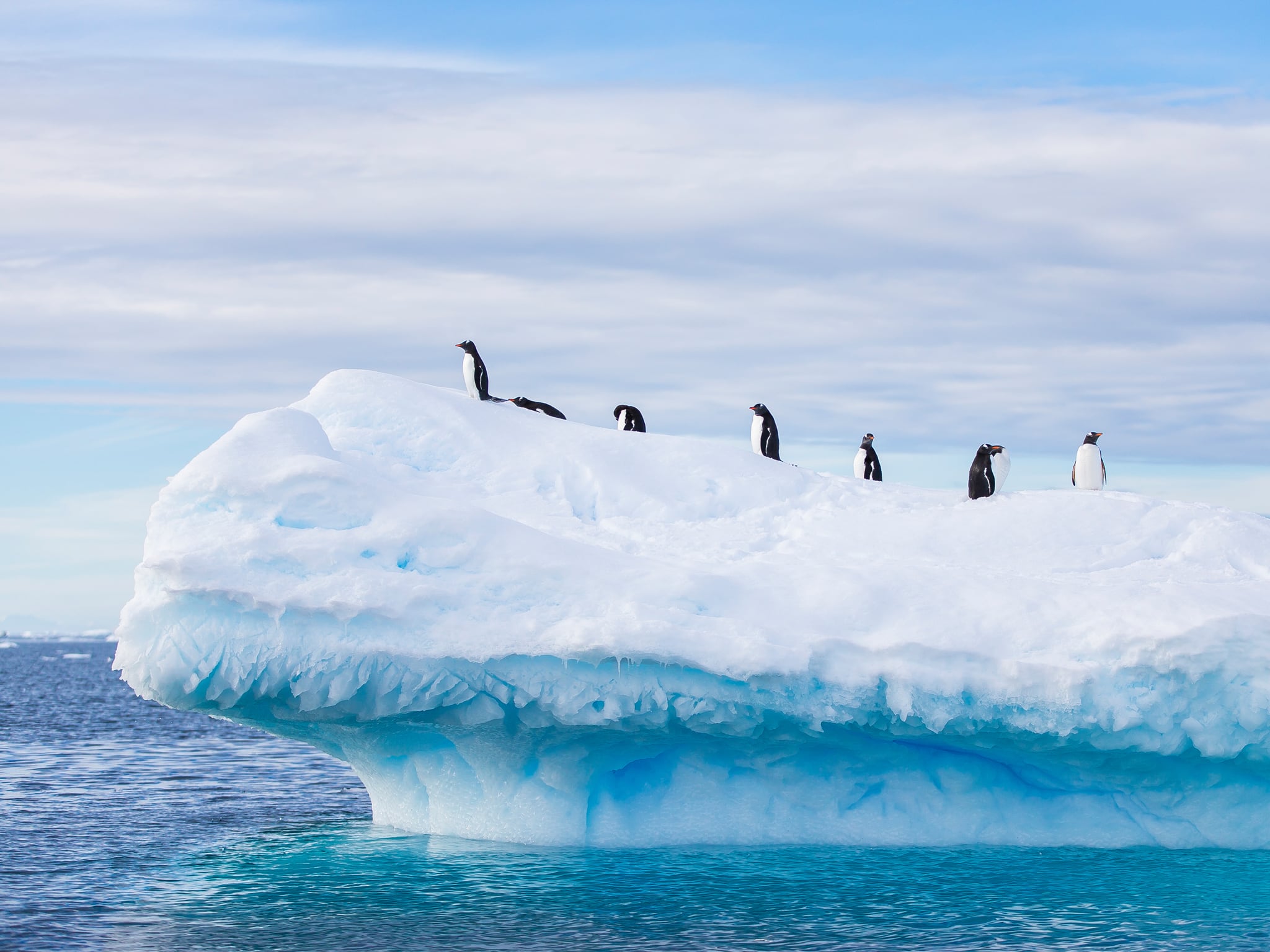Fascinating Facts About Antarctica
Virtually unexplored just 150 years ago, a journey into Antarctica is the ultimate adventure. On this, the last continent, you can experience breathtaking views, otherworldly wildlife and a land of paradoxes: the world’s biggest desert that is also the world’s largest ice sheet, nearly three miles thick.
Every day brings extraordinary moments, new surprises and fascinating facts. Here, we have gathered just a few to give you a sense of the wonder of life in the Antarctic.
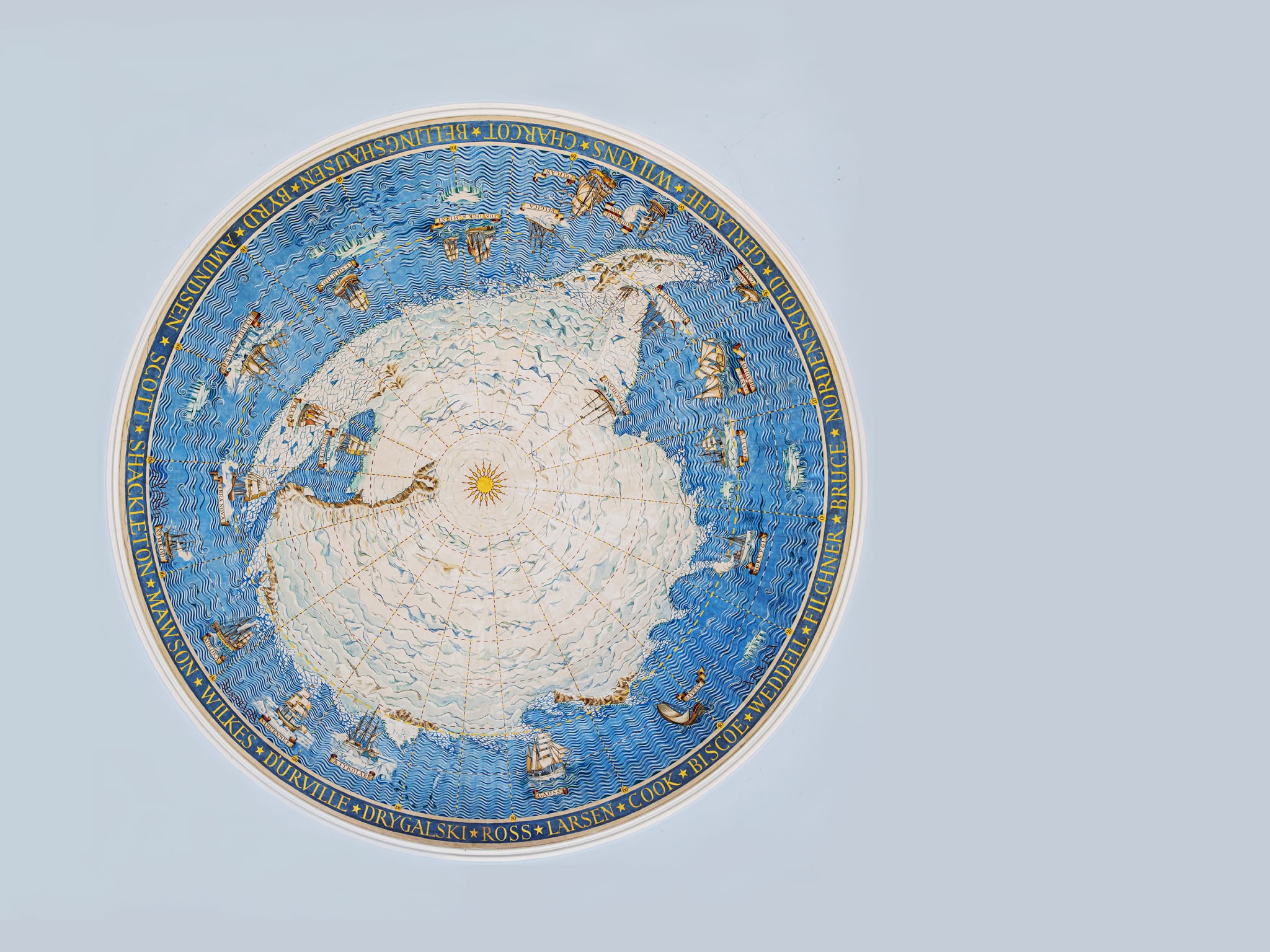
1
ANTARCTICA IS A CONTINENT, NOT A COUNTRY
The word Antarctica comes from the Greek word antarktike, meaning opposite to the north, arktos. As a continent, not a country, Antarctica has no government. It is presided over by the Antarctic Treaty System, an international agreement with 52 signatories. All decisions are made by consensus, and the treaty includes strict guidelines for commercial fishing and sealing as well as a complete ban on mining and mineral exploration.
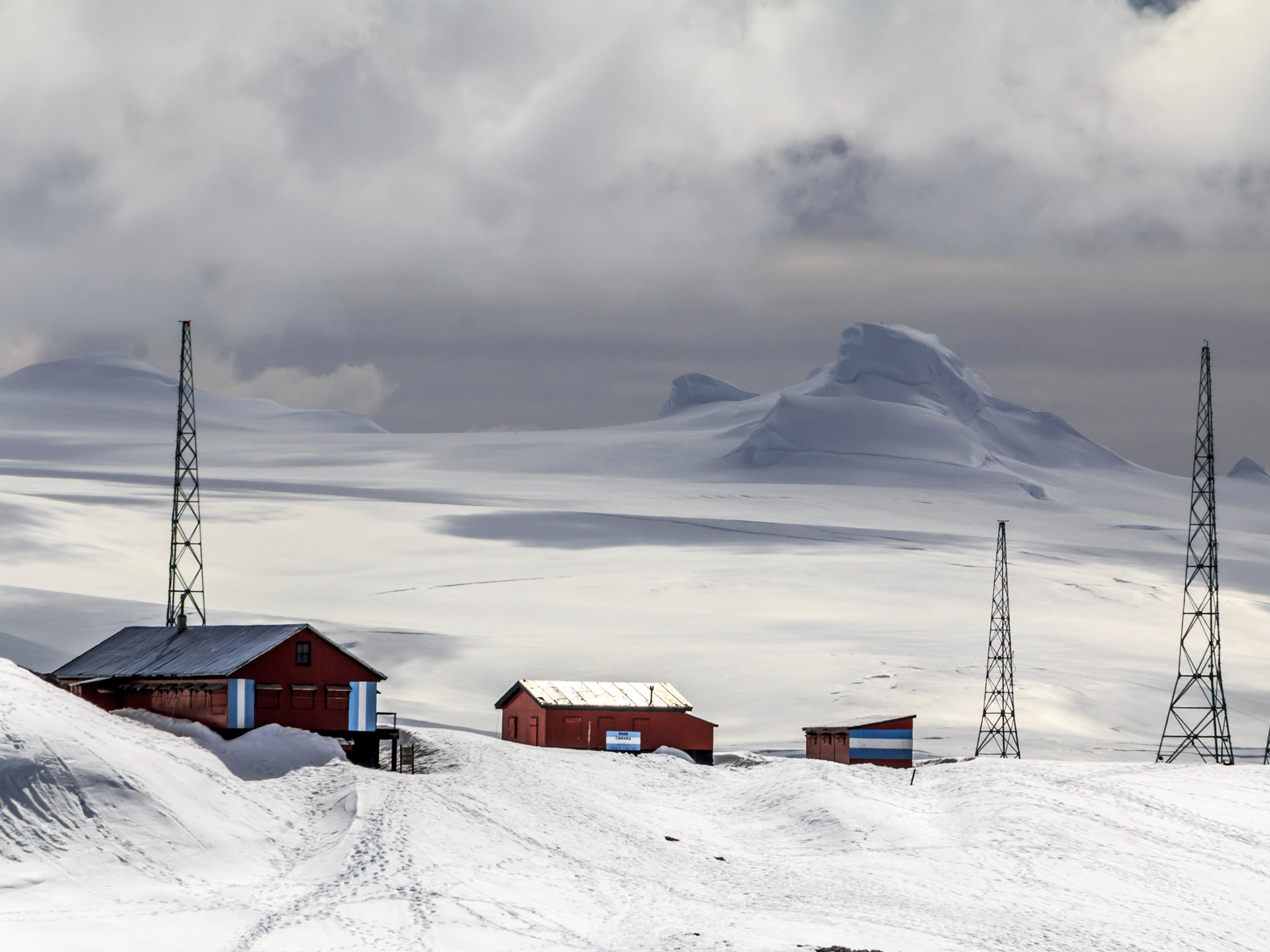
2
A NATURAL RESERVE DEDICATED TO PEACE AND SCIENCE
The Antarctic Treaty states that the continent is “a natural reserve dedicated to peace and science.” The treaty promises international scientific cooperation, including the exchange of research plans and personnel. This research contributes significantly to our knowledge and understanding of our planet, and to the protection of the global environment.
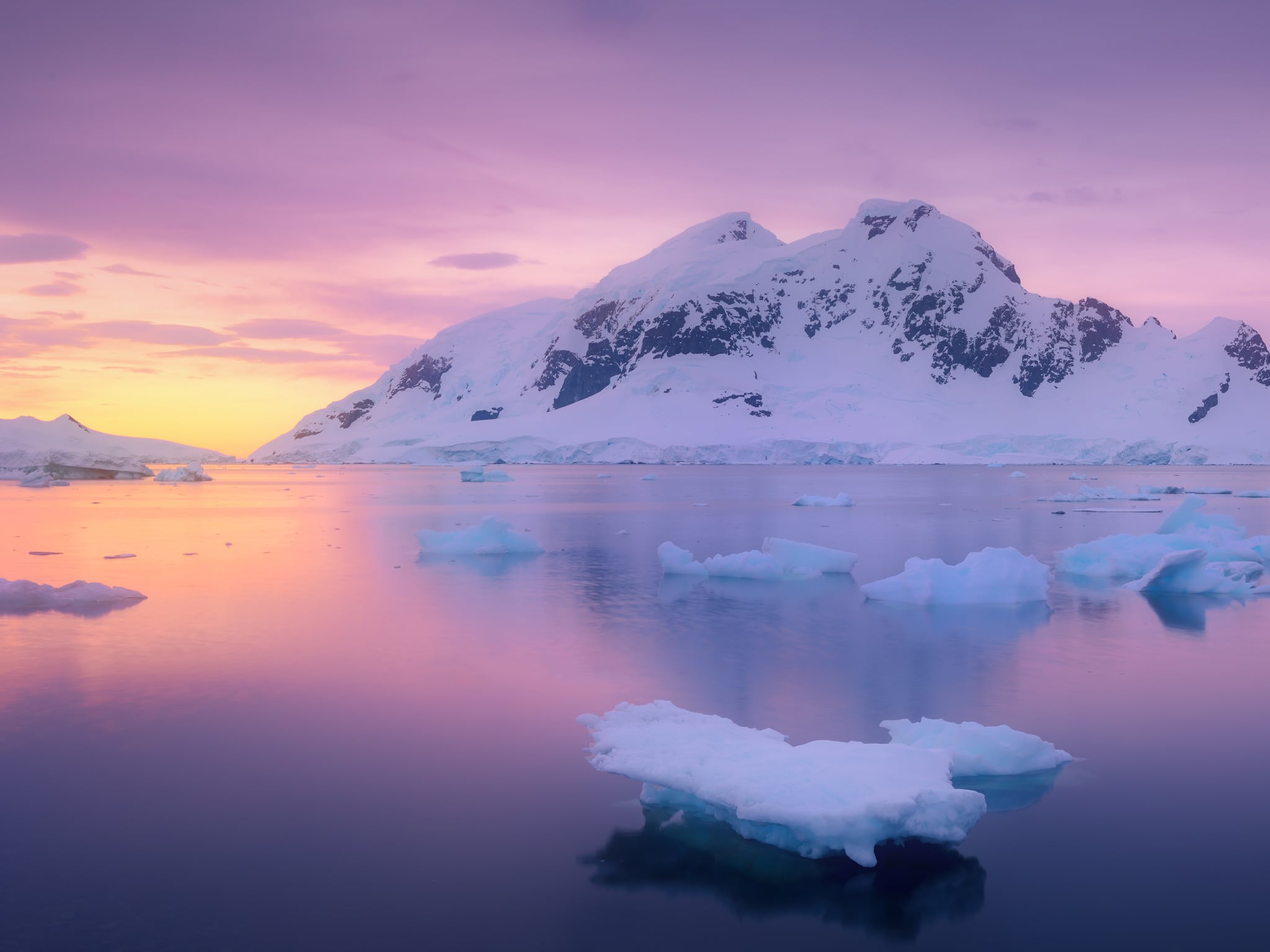
3
THE ONLY CONTINENT WITHOUT A RESIDENT POPULATION
Antarctica is the only continent on Earth with no permanent residents. There are, however, 30 countries operating more than 80 research stations around Antarctica. The number of people who work there rises to around 4,000 during the summer months and decreases to around 1,000 during the long, harsh winters.

4
THE COLDEST, DRIEST AND WINDIEST CONTINENT HOLDS MOST OF THE WORLD’S FRESH WATER
The coldest temperature ever recorded was −89.2° Celsius (−128.6° Fahrenheit). Antarctica also holds the record as the windiest continent. In some places, winds have reached 200 mph (320 km/h). Around 70% of the world’s fresh water is held in Antarctica’s enormous ice sheet. If all the ice melted, world sea levels would rise by about 200 feet (61 meters). It is hard to believe that despite all that water, Antarctica is a desert. Over the last 30 years, the average annual rainfall at the South Pole has been less than half an inch (just over a centimetre).
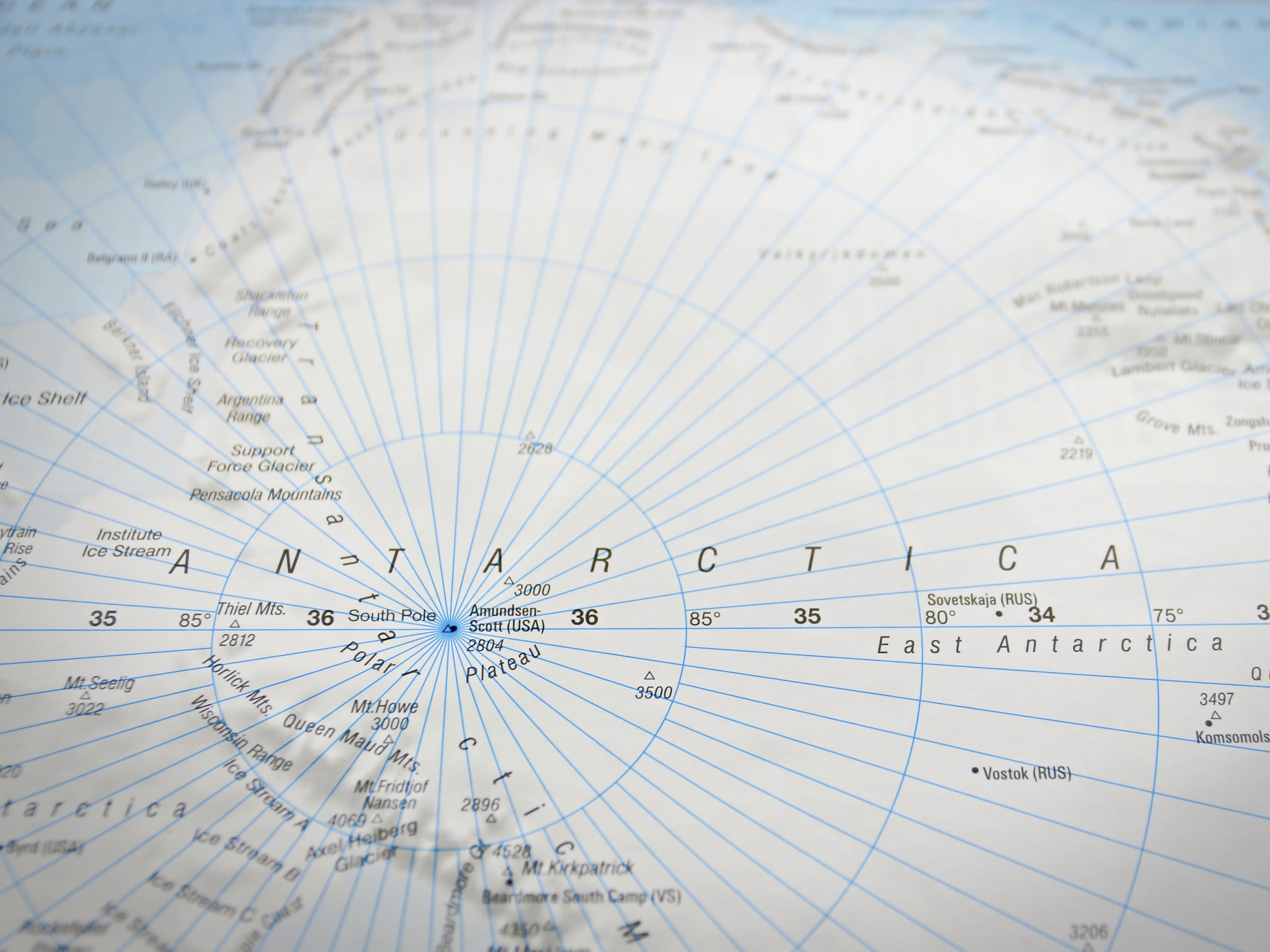
5
THERE IS NO ANTARCTIC TIME ZONE
What time is it? The answer is far from straightforward in Antarctica. That is because the world’s most southerly continent sits on every line of longitude and technically falls under every time zone. People working in the Antarctic research stations generally use the time zone of the port from which they departed, or the country for which they are working. This time conundrum is not helped by the fact that winter brings 24 hours of darkness, and in high summer the sun never sets.
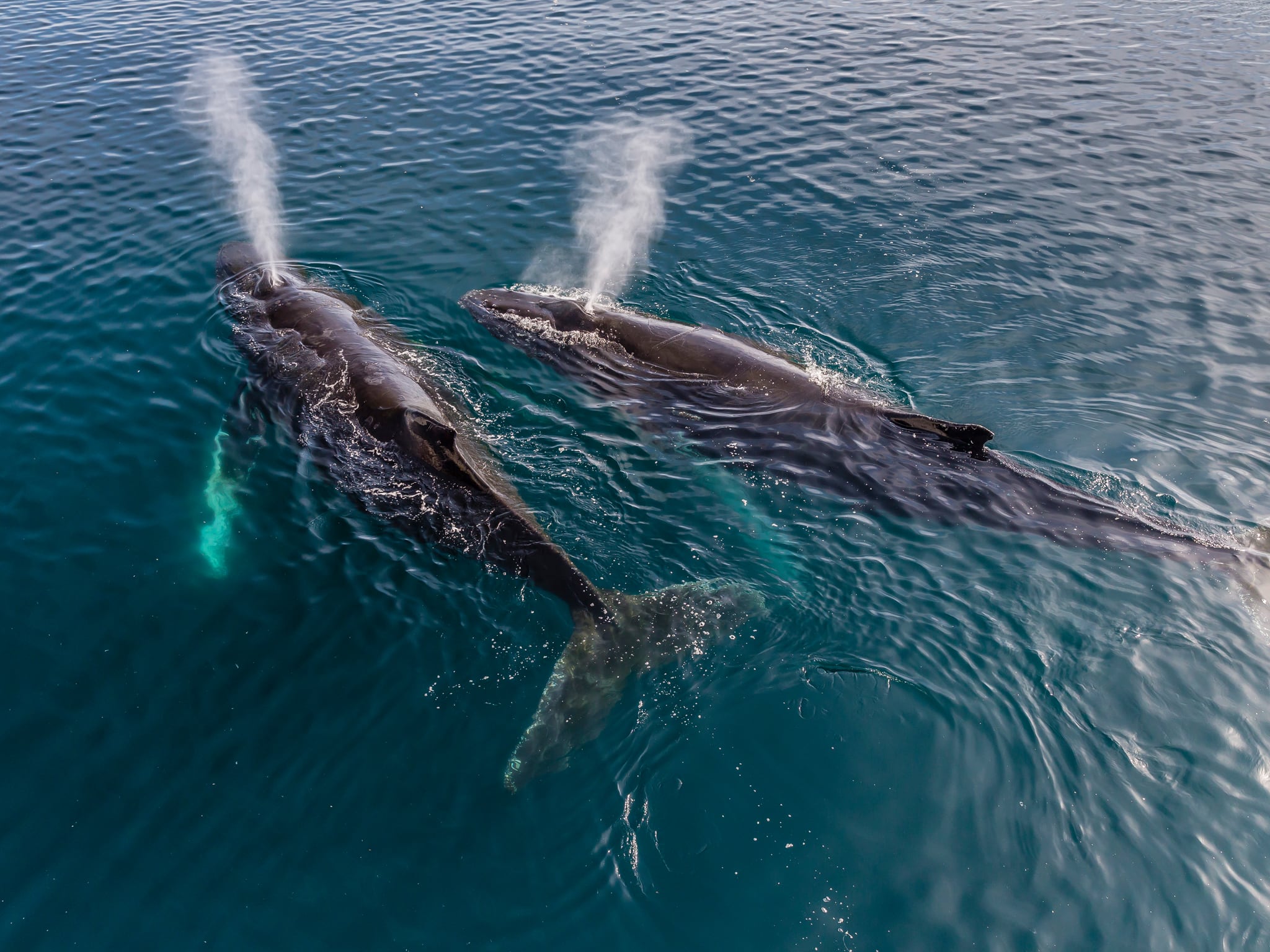
6
YOU CAN IDENTIFY WHALES BY THEIR SPOUT SPRAY
Whale watching is one of the great thrills of a journey to Antarctica. Blue whales, humpbacks, orcas, sperm whales and minke whales are some of the ones to look out for. When a whale breaches the ocean’s surface for air, it exhales through its blowhole and creates a spout spray. You can identify the type of whale by the size and shape of the spray—from the tall, column-like spray of a humpback to the more rounded spray of an orca.
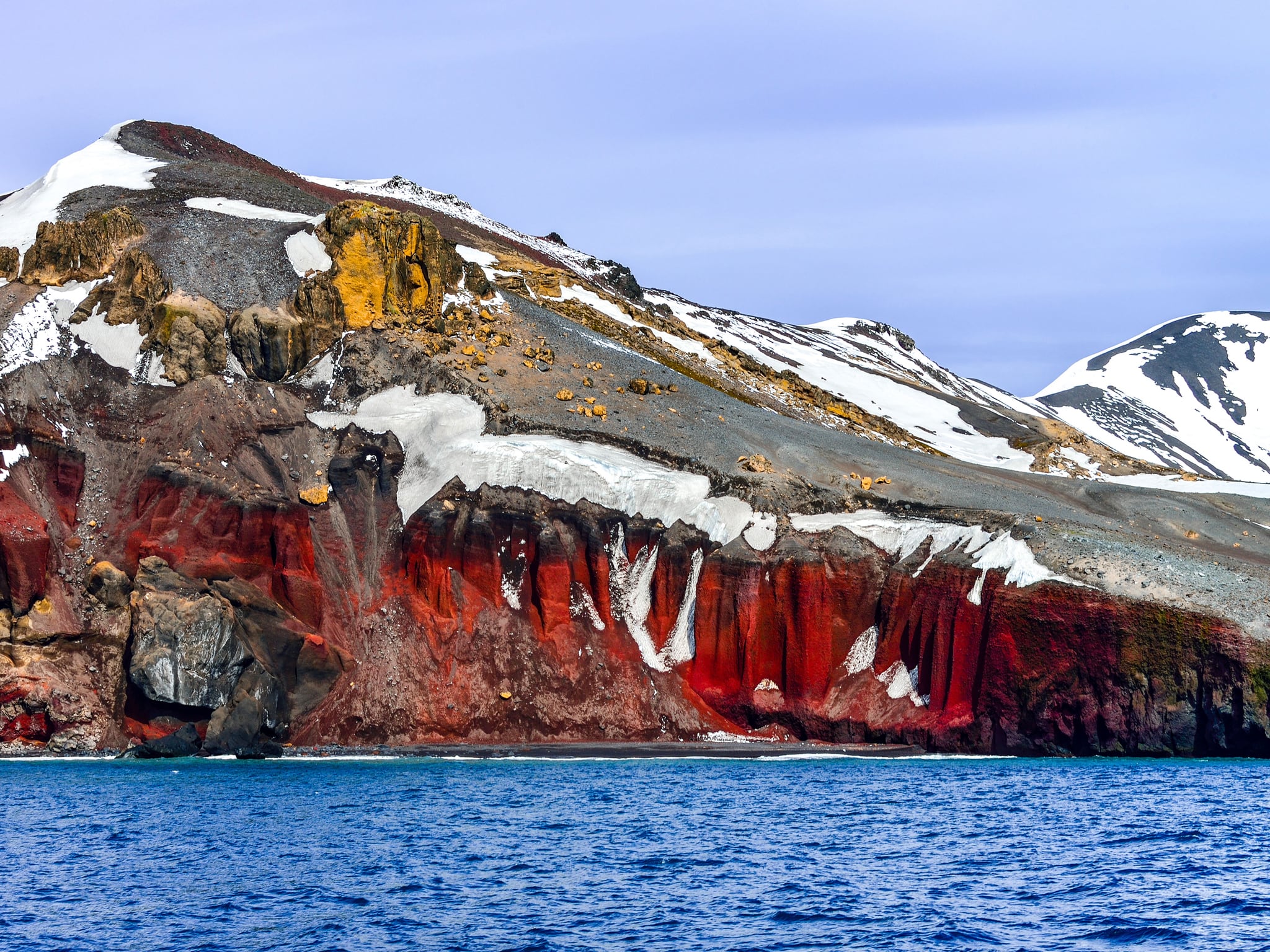
7
MOUNTAINS BURIED UNDER ICE, AND A BLOOD-RED WATERFALL
Antarctica is full of mysterious, often hidden wonders. Buried deep beneath the ice, the Gamburtsev Mountains stretch more than 750 miles (1,200 kilometres) across the continent. These “ghost” mountains are comparable in size to the European Alps, with peaks reaching heights of nearly 15,000 feet (4,500 meters). Also hidden below the ice is a subglacial lake that is high in salt and iron. When the water comes into contact with the air, the iron oxidizes, giving the waterfall its deep red colour—and its name, Blood Falls.

8
THE FIRST PERSON TO REACH THE SOUTH POLE
On December 14, 1911, Norwegian explorer Roald Amundsen became the first person to reach the South Pole. He and his team beat the British expedition, led by Captain Robert F. Scott, by just 35 days. Amundsen’s expedition was a masterpiece of planning and organization. Tragically, Scott and his four companions died on their return journey. In February 2001, polar explorers and former schoolteachers Liv Arnesen and Ann Bancroft captivated millions as they fulfilled their childhood dream and became the first women to ski across Antarctica.
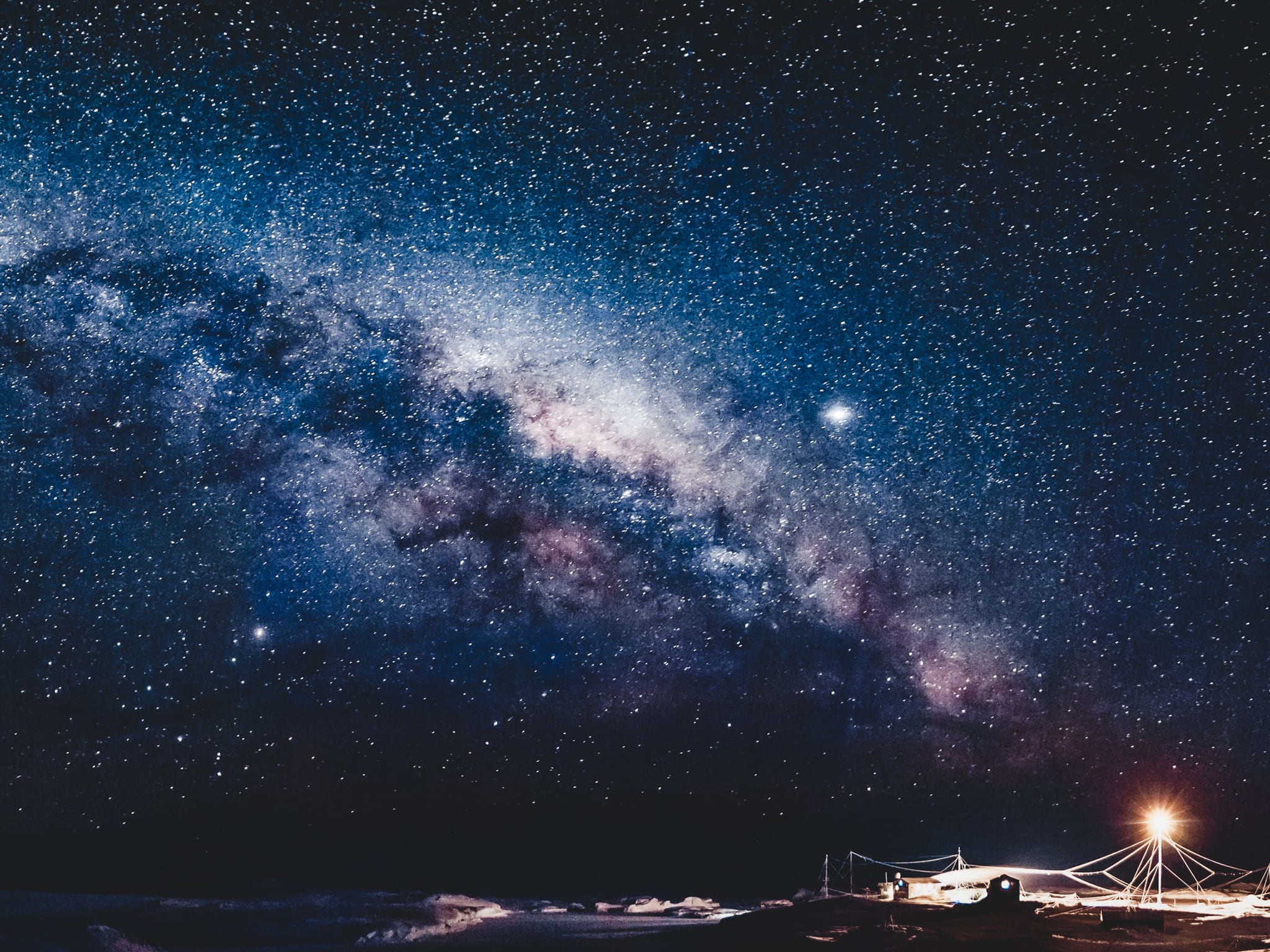
9
OCTANTIS IS THE NAME OF THE “SOUTH STAR”
To be precise, it is Sigma Octantis, and its position makes it the Southern Hemisphere’s South Star, or Pole Star. Approximately 281 light-years from Earth, Sigma Octantis appears almost motionless, with all the other stars in the southern sky appearing to rotate around it. Sigma is named after the 18th letter of the Greek alphabet.
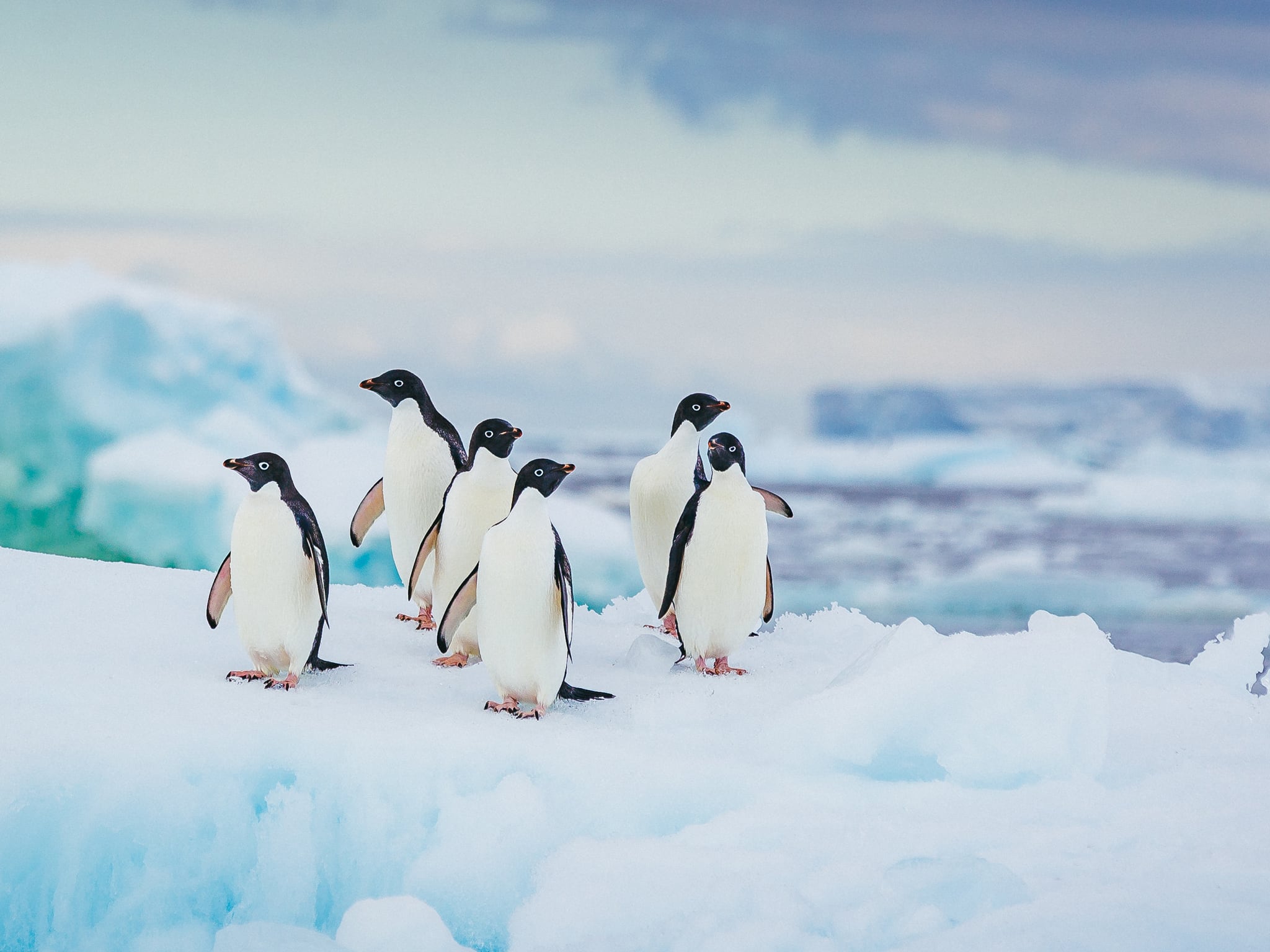
10
WHY PENGUINS’ FEET DO NOT FREEZE ON THE ICE
Life in the big freeze can be tough for these flightless birds, and they have cleverly evolved to survive the harsh conditions. To stop their feet from freezing, penguins have special arteries in their legs that can adjust blood flow in response to their foot temperature, enabling them to send just enough blood to their feet to keep them above freezing.
